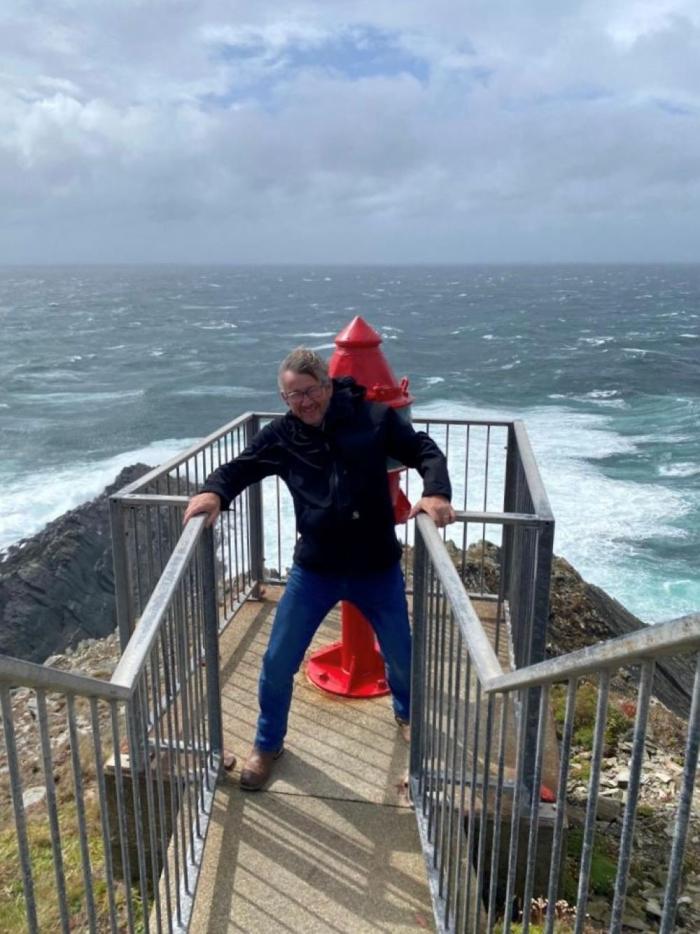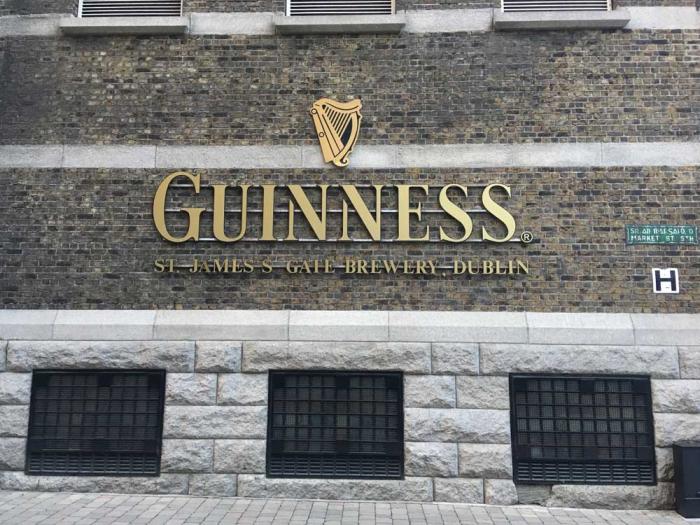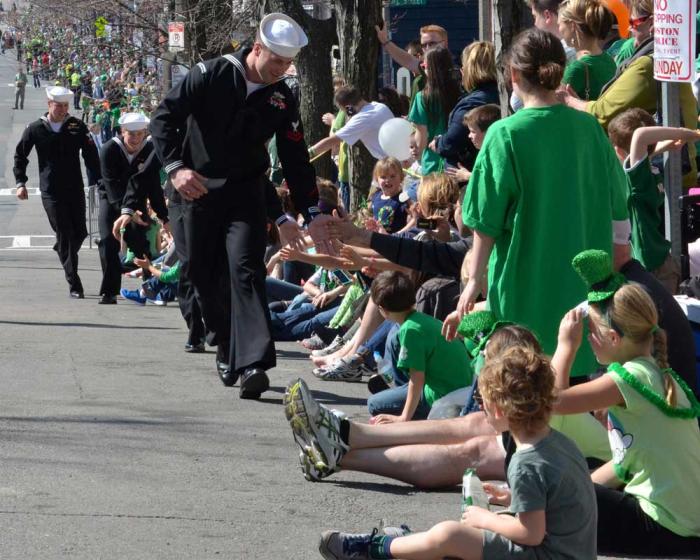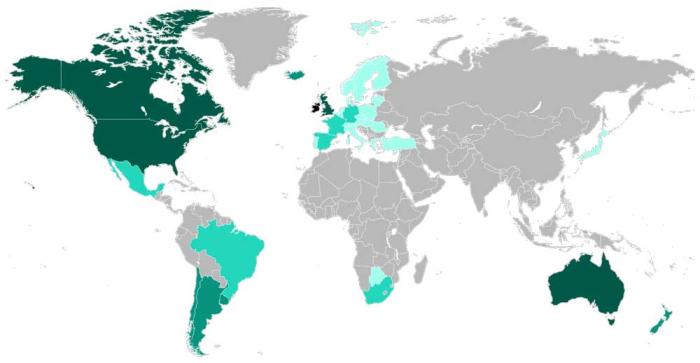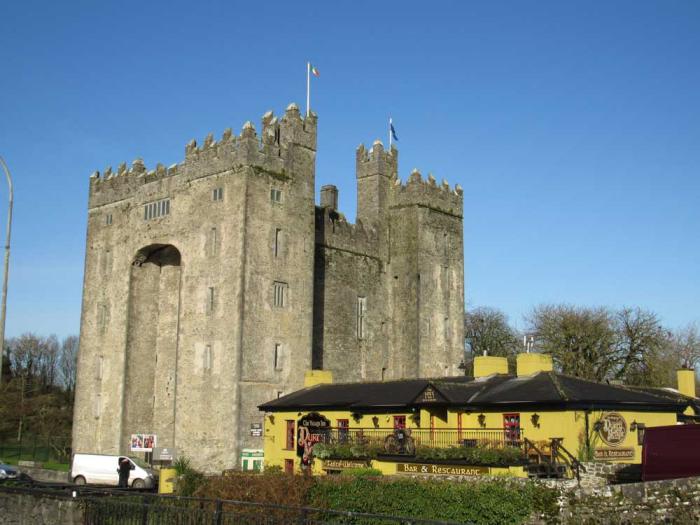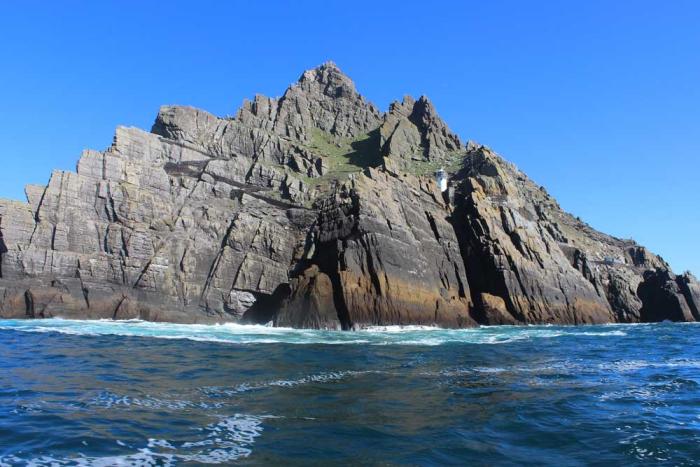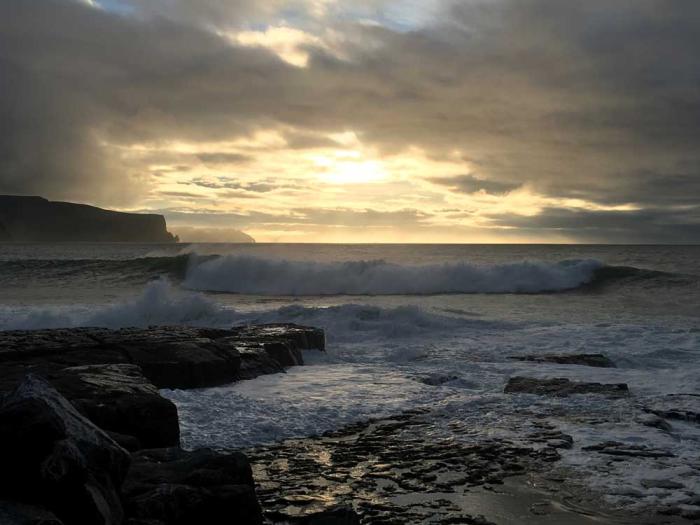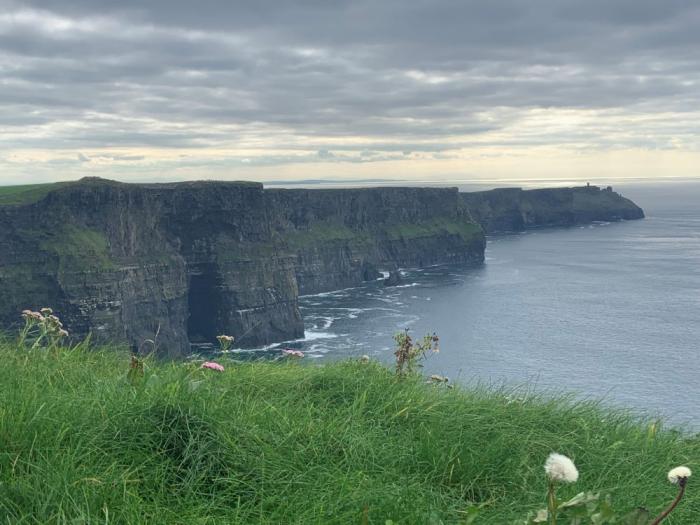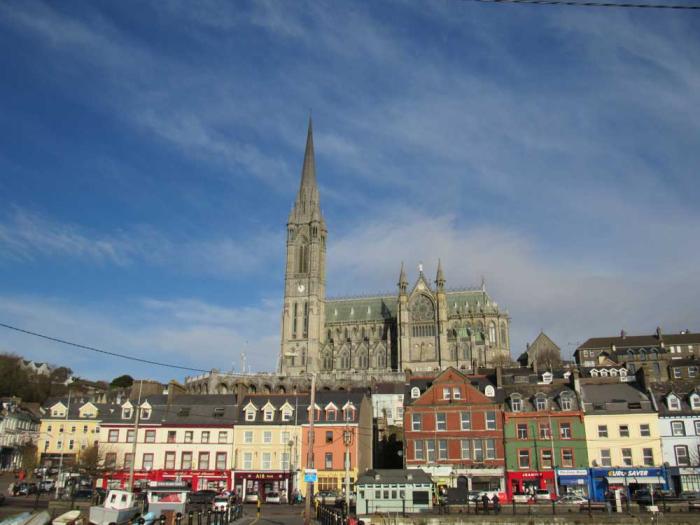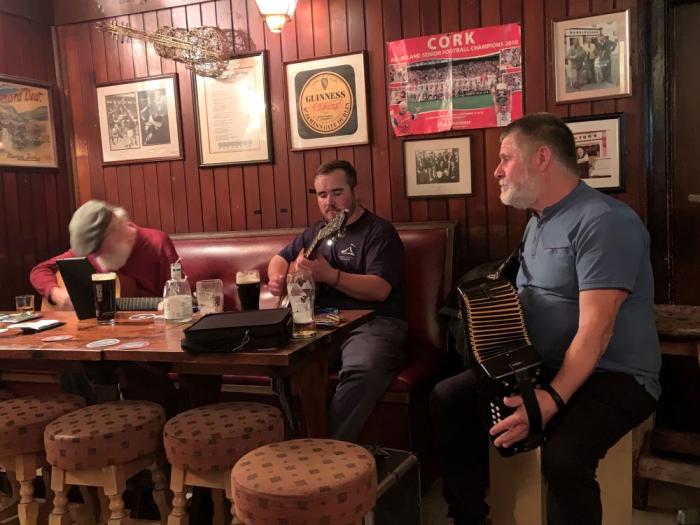St. Patrick wasn’t Irish
Editor's note: This story has been updated to reflect a new trip since this story was originally published.
Eddie McCarthy grew up in Ireland, and on occasion gets into conversations about his homeland with Denver Water customers interested in finding out more information about their Irish heritage and ancestors.
McCarthy hails from Cork in Southern Ireland. (That’s County Cork to the non-Irish.) His wife, Susan, comes from Limerick in the west of Ireland.
The McCarthys like to get home at least once a year to see family and friends. They were back there last September after missing the previous couple of years due to COVID-19 travel restrictions.
McCarthy, a customer relations field senior technician, who travels the utility’s service area checking metering equipment and responding to customer concerns, came to the United States in 1999. He joined Denver Water in 2012.
See some of the murals dotting Denver’s public art scene, as captured by Eddie McCarthy.
McCarthy is proud of his heritage, and — asked what interesting, fun, beautiful, great things people should know about Ireland, and definitely not miss if they visit — he shared:
- Four: Interesting facts about Ireland and the Irish.
- Three: Don’t-miss places.
- And one: Water-related Irish documentary.
Four interesting facts I want to tell you about Ireland and the Irish
1. St. Patrick wasn’t Irish
Ireland and the world have a day, March 17, to celebrate Ireland’s patron saint, but it turns out he wasn’t Irish. In fact, legend has it he was born either in Scotland or Wales around the year 386 and was held as a slave in Ireland before becoming a respected priest in the country.
2. The shamrock is not the national symbol
Ireland’s national symbol is not a shamrock — neither the three-leaf nor the four-leaf variety. It’s a harp.
Before Ireland adopted its current green, white and orange tricolor flag in the early 1900s, the harp was used in an unofficial flag and was a symbol of the Irish resistance.
The British even prohibited the instrument on the island before Irish independence.
In the 21st century, the harp is still a symbol of Ireland, but the government must use it facing left — because Guinness, the beer first brewed in Dublin in 1759, registered its trademark image of a harp facing to the right in 1876.
3. The first celebration of St. Patrick’s Day in the U.S. was in 1737
Boston has long claimed it has the title to the first St. Patrick’s Day celebration because, according to the History.com website, on March 17, 1737, more than two dozen Presbyterians from Northern Ireland gathered in the city to honor the St. Patrick’s Day celebration and St. Patrick himself.
However, the site notes that some historians believe the first U.S. celebration of St. Patrick’s Day — in the form of celebratory cannon blasts (or possibly gunfire) — may have taken place in Florida in 1600.
Today, the oldest known Irish organization in the U.S., the Ancient Order of Hibernian, continues to hold annual dinner parties on St. Patrick’s Day in honor of the Irish holiday.
Read more about Denver Water’s employees, their work and their passions.
4. Ireland has the highest proportion of adults living abroad
According to a 2015 study by the international Organization for Economic Co-operation and Development, based in Paris, one in six Irish people — or 17.5% of citizens over the age of 15 — live overseas.
That was the highest proportion of citizens living overseas among all 34 member countries in the OECD at the time. The report cited poor salaries and high unemployment as the main reasons for several waves of emigration that have occurred in the last few decades.
The population of Ireland currently sits at around 4.9 million people, which is still about 3.5 million less the 8.4 million people who called Ireland home before the Great Irish Famine of 1845-1852. However, it has been reported that almost 80 million people around the world have Irish heritage.
In Australia’s 2016 census asking about heritage, 88% of the nearly 2.4 million responses were for “Irish.” In the latest U.S. census, 31.5 million Americans said they were at least part Irish.
Three don’t-miss places in Ireland
1. The Wild Atlantic Way — Ireland's spectacular coastal route
The Wild Atlantic Way, some 1,600 miles (or 2,600 kilometers) in length, is one of the longest coastal routes in the world, according to the Smithsonian Magazine.
Drivers and cyclists can wind their way along Ireland’s North Atlantic coast from the route’s northernmost point, Inishowen Peninsula in County Donegal, all the way down to the southern town of Kinsale in County Cork.
This route, from start to finish, is considered by many to be among the most scenic and remote stretches of Ireland's landscapes.
The route offers vistas of the rugged cliffs and islands dotting Ireland’s west coast — including the island Skellig Michael, once home to sixth-century monks and Luke Skywalker’s retreat in the international hit Star Wars movies “The Force Awakens” and “The Last Jedi.”
Small villages also dot the route, as well as ancient moments such as An Grianán Ailigh, a magnificent stone ring fort that was mapped by Ptolomy, the second century Egyptian astronomer, mathematician and geographer, but is reckoned to be up to 4,000 years old, according to The Irish Times.
2. The Cliffs of Moher, County Clare
At the westernmost edge of Ireland, the rugged Cliffs of Moher, considered the most famous in Ireland, stretch 9 miles and soar up to 702 feet above the pounding Atlantic waves.
Often shrouded by fog and rain, the cliffs were named a UNESCO Global Geopark in 2015 for the area’s international geological significance, including fossil-rich limestone hills, dramatic sea cliffs, seasonal lakes and vast networks of subterranean caves.
The cliffs are home to rare natural habitats and unique plant life not found anywhere else on Earth and have been home to people for more than 6,000 years.
3. My Hometown — Cobh (pronounced Cove), County Cork
Cobh, which was known as Queenstown for several decades, is a stunning port town in County Cork on the south coast of Ireland.
The town’s name was changed to Queenstown following a visit from Queen Victoria in 1845, but it went back to its older name, Cobh, which is pronounced Cove, after Ireland gained its independence in 1921.
Cobh overlooks Cork Harbor, one of the largest natural harbors in the world. One of the major transatlantic Irish ports, the town was the departure point for 2.5 million of the 6 million Irish people who emigrated to North America between 1848 and 1950, according to the Cobh & Harbour Chamber.
Cobh is probably best known for being the “last port of call” to the ill-fated RMS Titanic, which took on 123 passengers at the port on April 11, 1912. Only 44 of the passengers who boarded that day survived the ship’s sinking a few days later, on April 15, during its maiden voyage across the North Atlantic.
Cork, Ireland — Just a Taste
This video produced by Cork County Council Tourism features scenes from around the county. If you are thinking about taking a trip to Ireland, whether for St. Patrick's Day or any time of year, McCarthy's Tip #1 is: Come to Cork first!
La Fheile Padraig Sona Duit (pronounced: Law Ale-yeh Pawd-rig Sunna Ditch) — which is Gaelic for Happy St. Patrick’s Day.”
Celebrate with us wherever you are!


